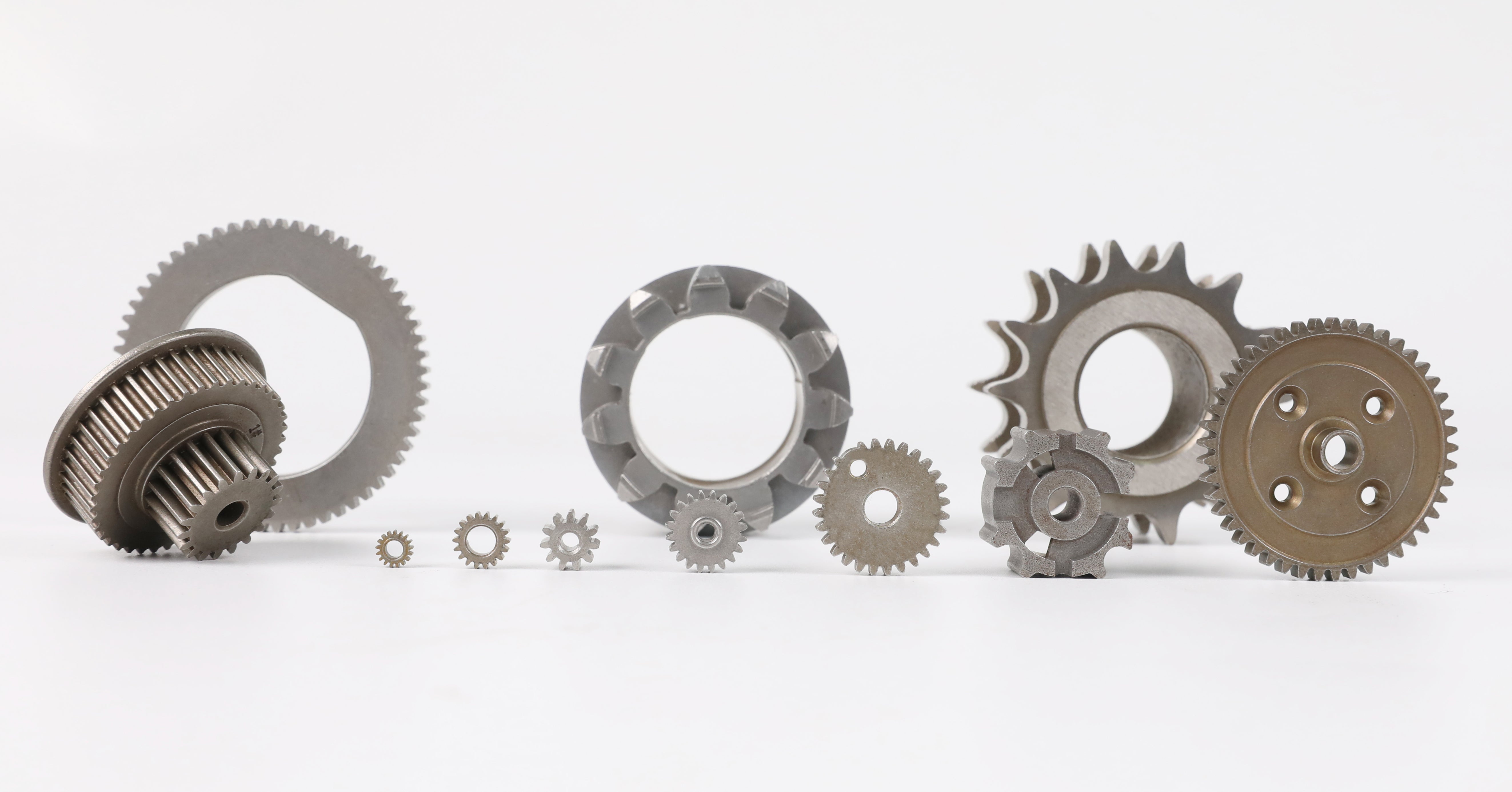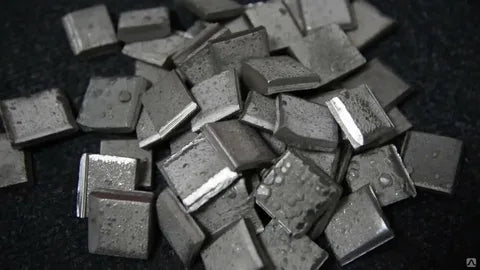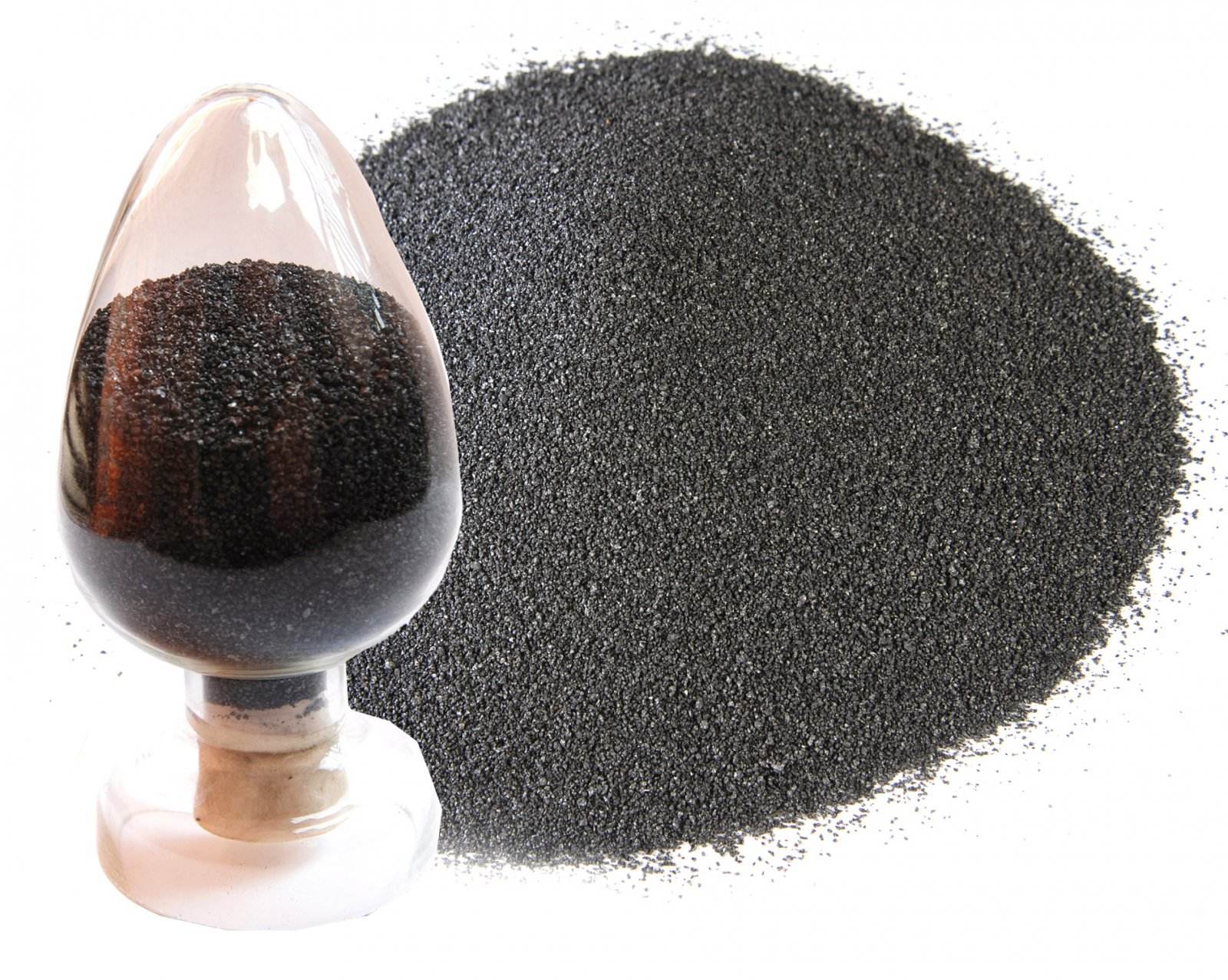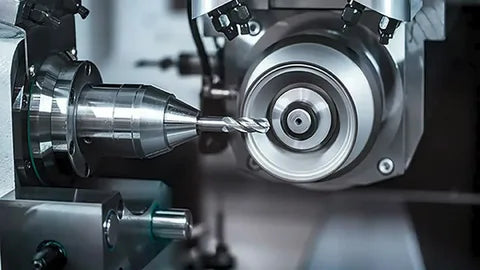Sintering is an excellent way to improve part performance through powder metallurgy (PM). But like any other manufacturing process, it is not perfect. Parts that go through the sintering furnace will change size or deform.

What is Sizing in Powder Metallurgy?

Sizing in Powder Metallurgy is a specific secondary operation that restores a part to the correct dimensional specifications. While Powder Metallurgy can achieve net shape parts, sometimes even PM needs a little help. Here is how sizing can help:
Sizing is all about shape and size control. It is a pressing operation that "requalifies" a part so that it can hold tighter tolerances.
Sizing is an operation that occurs after "cold" sintering. The amount of change your component goes through in the furnace depends on its material composition.
What does sizing in Powder Metallurgy do?

1. Improve Density
Sizing can help achieve higher densities during the sintering process. The uniformity of the particle size allows the powder to fill the space more effectively when sintered, thereby reducing porosity and increasing the density and strength of the material.
2. Improve fluidity
Powders of different particle sizes do not have significant differences in fluidity. By controlling the particle size of the powder, its fluidity can be improved so that the powder can better fill the mold during molding. This is crucial to improving molding efficiency and ensuring the uniformity of the molded parts.
3. Control sintering behavior
The particle size of the powder directly affects its behavior during sintering. Fine particles usually have a larger specific surface area and can be sintered faster. But too fine particles may cause particle agglomeration during sintering. Therefore, reasonable particle size control can optimize the sintering process and improve product performance.
4. Influence on mechanical properties
The particle size and particle size distribution of the powder have a great influence on the mechanical properties of the final material. For example, smaller particles usually provide higher strength and hardness, while larger particles may result in lower strength and toughness. By controlling the particle size, precise control of material properties can be achieved.
5. Improve product consistency
Sizing can ensure the consistency of particle size of each batch of powder, which is particularly important for producing high-quality products with consistent performance. Product consistency is critical in many applications
6. Optimize the processing process
In the entire process of powder metallurgy, sizing can help optimize each link. For example, in processes such as powder injection molding and hot isostatic pressing, uniform particle size distribution helps control the molding and sintering process, improving production efficiency and yield rate.
In general, sizing in powder metallurgy is a key technical link. By controlling the size and distribution of powder particles, the density, fluidity and mechanical properties of the material can be significantly improved, thereby improving production efficiency and product quality. With the continuous development of powder metallurgy technology, particle size control technology is also constantly improving, providing strong support for the preparation of higher performance materials.













Share:
Can Carbon Fiber Composites Be Injection Molded?
Atomization Process in Powder Metallurgy Based on Satellite Powder Technology